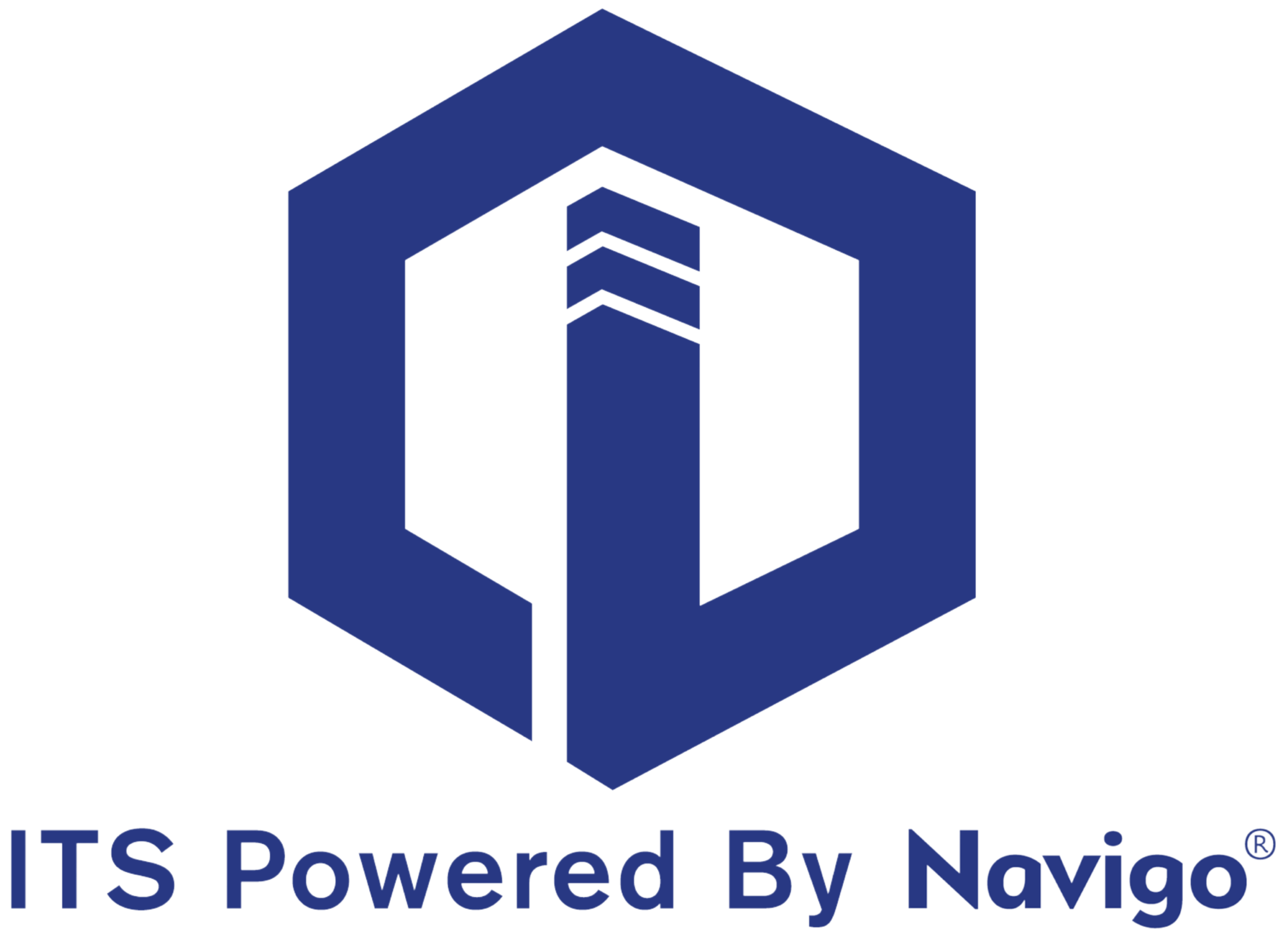Headquarters
7150 Columbia Gateway Drive, Suite L, Columbia, MD 21046
New York Location
112 West 34th Street, 18th floor, Room 18025 New York, NY 10001

Proud member

While not the prevailing trend in the U.S., leasing an apartment within a multi-family structure was the reality for about 40 million Americans in 2019.
In NYC, approximately 67% of the dwelling units are occupied by renters.
Renters often prioritize various amenities when selecting a property, and their preferences can vary based on factors such as location, lifestyle, and personal preferences. Here are some amenities that are commonly considered important to renters:
The adoption of a Visitor Management System (VMS) has become indispensable for apartment complexes. This comprehensive guide explores the multifaceted benefits and considerations associated with implementing a Visitor Management System in residential settings. From enhancing security protocols to streamlining resident experiences, the integration of a VMS in apartment communities represents a forward-thinking solution to the evolving challenges of access control.
Security Concerns:
The rising need for enhanced security in residential complexes.
Addressing concerns related to unauthorized access and potential security breaches.
The role of a VMS in providing a secure environment for residents.
Efficiency and Streamlined Processes:
Recognizing the importance of efficient visitor processing.
How a VMS streamlines the check-in and check-out procedures.
Reducing wait times and improving the overall resident and visitor experience.
Visitor Registration:
The process of registering visitors using digital platforms.
Pre-authorization and online registration options for scheduled visits.
Integration with resident databases for seamless verification.
Identification and Verification:
Utilizing identification methods such as QR codes, biometrics, or access cards.
Real-time verification to ensure the legitimacy of visitors.
Balancing security needs with user-friendly verification processes.
Notification Systems:
Instant notifications to residents about visitor arrivals.
Customizable notification preferences for residents.
Enhancing communication and awareness within the community.
Integration with Access Control Systems:
Connecting the VMS with existing access control systems.
Managing entry permissions for visitors based on resident preferences.
Ensuring a cohesive and integrated security infrastructure.
Data Analytics and Reporting:
Utilizing data analytics to track visitor patterns and trends.
Generating reports for security assessments and optimization.
Enhancing decision-making processes through data-driven insights.
Enhanced Security Protocols:
The role of a VMS in deterring unauthorized access.
Monitoring and recording visitor activity for future reference.
Improving overall security measures within the apartment complex.
Improved Resident Safety:
Providing residents with a heightened sense of security.
Enhancing emergency response capabilities through visitor data.
The psychological impact of improved safety on resident well-being.
Efficiency in Visitor Processing:
Streamlining the visitor check-in and check-out process.
Reducing wait times and congestion at entry points.
Improving the flow of traffic within the apartment complex.
Customization and Flexibility:
Tailoring the VMS to meet the specific needs of the apartment community.
Adapting the system to accommodate different types of visitors.
Ensuring flexibility in managing access permissions based on resident preferences.
Enhanced Resident Experience:
How a seamless VMS contributes to a positive resident experience.
Reducing administrative burdens on residents related to visitor management.
The impact of efficiency on overall resident satisfaction.
Integration with Existing Infrastructure:
Assessing the compatibility of the VMS with current security and IT systems.
Ensuring a smooth transition and minimal disruption during implementation.
Collaboration with technology providers for seamless integration.
User Training and Adoption:
The importance of training staff and residents on VMS usage.
Promoting awareness and understanding of the benefits.
Addressing potential challenges and resistance to adoption.
Compliance and Privacy Considerations:
Adhering to privacy regulations and data protection laws.
Communicating transparently with residents about data usage.
Implementing robust security measures to protect visitor information.
Scalability for Future Growth:
Assessing the scalability of the VMS to accommodate future growth.
Ensuring that the system can adapt to changes in community size and structure.
Choosing a solution that aligns with long-term expansion plans.
Successful Implementations in Residential Complexes:
Examining case studies of apartment communities that have successfully implemented VMS.
Analyzing the impact on security, efficiency, and resident satisfaction.
Learning from the experiences of early adopters in the residential sector.
Artificial Intelligence and Predictive Analytics:
Exploring the integration of AI for advanced visitor identification.
Predictive analytics for anticipating visitor patterns and optimizing security measures.
The role of machine learning in enhancing the capabilities of VMS.
Mobile Applications and Remote Management:
The emergence of mobile applications for remote visitor management.
Allowing residents to control and monitor visitor access from their smartphones.
The potential for increased convenience and flexibility.
Integration with Smart Home Technology:
The integration of VMS with smart home devices for a holistic security approach.
Interconnectivity with smart locks, surveillance cameras, and other home automation systems.
Creating a comprehensive and interconnected residential security ecosystem.
Biometric Authentication for Visitors:
The exploration of biometric verification methods for visitor access.
Enhancing security through fingerprint or facial recognition technologies.
Balancing biometric advancements with privacy considerations.
The implementation of a Visitor Management System in apartment complexes represents a pivotal step toward enhancing security, efficiency, and overall resident satisfaction. By understanding the specific needs of residential communities and leveraging advanced technologies, apartment managers can create a secure and streamlined environment that adapts to the evolving landscape of access control. With careful consideration of implementation factors, compliance requirements, and future trends, the integration of a robust VMS ensures that apartment communities remain at the forefront of security innovation, providing residents with peace of mind and a seamless living experience.
Explore itouchinc.com for more information on our solutions or contact us for needs unique to your property or project.
7150 Columbia Gateway Drive, Suite L, Columbia, MD 21046
112 West 34th Street, 18th floor, Room 18025 New York, NY 10001

Proud member
Toll-Free
Phone
© Copyright 2025 ITS, Inc. All rights reserved.
Stay in touch with the latest news and updates from ITS, Inc.
7150 Columbia Gateway Drive, Suite L
Columbia, MD 21046
112 West 34th Street, 18-025
New York, NY 10001